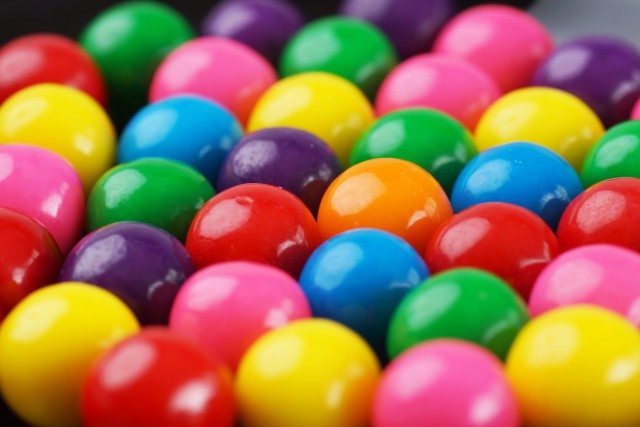The transition period for the implementation of the European Guidance notes on the classification of food extracts with coloring properties will end on November 29, 2015.
After that, all products that are used for the coloring of food and beverages but do not comply with the criteria for Coloring Foods will be classified as colorants.
They require legal permission and have to be designated by the name of the category ‘colorant’, followed by their specific name or their E number.
“There is not much time left for food and beverage manufacturers to align their products with the new Guidance Notes,” says Dr. Hendrik Hoeck, MD of the GNT Group.
“They should check their labelling or even recipes in order to ensure compliance and at the same time meet the demand of their customers for natural ingredients.”
“With the end of the transition period, consumers finally obtain certainty that ingredients which are labelled as coloring foods actually meet their requirements for naturalness to the full extent.”
The Guidance Notes were adopted by the European Commission’s Standing Committee on the Food Chain and Animal Health on November 29, 2013.
They define exact criteria for the differentiation between coloring foods and additive colors and thus close the remaining legislative gap in this area.
All products with coloring properties that are manufactured using selective extraction of the raw material’s pigments are to be labelled as additive colors.
This also applies when they are made from foods or other edible raw materials.










